Product Overview
All of the body’s cells contain the universal coenzyme, signaling molecule, and electron transporter Nicotinamide Adenine Dinucleotide (NAD+) which is necessary for cell viability and function.[1][2] NAD+ and its reduced (NADH) and phosphorylated (NADP+ and NADPH) forms are both important.[1][2] All processes of cellular respiration, including glycolysis in the cytoplasm, the Krebs cycle, and the electron transport chain in the mitochondria, depend on NAD+ and its redox partner NADH to produce energy (ATP).
In anabolic events, such as the manufacture of cholesterol and nucleic acids, the elongation of fatty acids, and the regeneration of glutathione, a vital antioxidant in the body, NADP+ and NADPH are frequently involved.[3] In various cellular processes, NAD+-dependent/-consuming enzymes modify proteins post-translationally using NAD+ and its other forms as substrates.[1][2] NAD+ also acts as a precursor for cyclic ADP ribose, a secondary messenger molecule crucial for calcium transmission.[4]
NAD+ can be produced in the body by biosynthetic intermediates such nicotinamide mononucleotide and nicotinamide riboside as well as by the amino acid tryptophan or the vitamin precursors nicotinic acid and nicotinamide, generally known as vitamin B3 or niacin.[2][3] NAD+ is continuously recycled within cells as it is interconverted to and from its various forms through salvage pathways.[3] Mammalian cells may be able to take up extracellular NAD+, according to studies on cell culture.[5]
Newborns have the greatest NAD+ levels, which gradually decrease as they get older chronologically.[6] They are around half of what they are in younger persons after age 50. In model organisms, the reason why NAD+ levels fall with aging has been looked at.[6] The question of why NAD+ levels decline with age has been investigated in model organisms.[7][8] NAD+ and NADH are continuously recycled during redox reactions, but during other metabolic activities, they are absorbed by NAD+-dependent enzymes and may subsequently become depleted over time, increasing the risk of DNA damage, age-related illnesses, and mitochondrial malfunction.[2][6] Studies of NAD+ depletion and the accompanying oxidative damage and stress result in support theories of aging and senescence that emphasize the age-related reduction in mitochondrial health and function.[1][2]
Increasing levels of CD38, a membrane-bound NADase that destroys both NAD+ and its precursor nicotinamide mononucleotide, are thought to be the cause of the age-related decline in NAD+ levels, according to a 2016 study in mice, which exhibit age-related declines in NAD+ levels similar to those seen in humans.[7] The study also demonstrated that older persons (mean age, 61 years) have higher levels of CD38 gene expression than younger adults (mean age, 34 years).[7] However, other mouse investigations have shown that oxidative stress and inflammation brought on by aging decrease NAD+ production.[8] Therefore, it is likely that a number of processes work together to cause the drop in NAD+ with aging in humans.
When it was found that foods containing NAD+ precursors, particularly vitamin B3, may treat the fatal illness pellagra, which is characterized by diarrhea, dermatitis, dementia, and death, the clinical significance of maintaining NAD+ levels was established in the early 1900s.[9] Notably, this side effect has not been noticed with NAD+ injection, in contrast to vitamin B3 (niacin) intake, which results in a flushing of the skin.[10] Low NAD+ levels have recently been connected with a number of age-related disorders and illnesses that are linked to increased oxidative/free radical damage, including diabetes, heart disease, vascular dysfunction, ischemic brain injury, Alzheimer’s disease, and vision loss.[8][11][12][13][14][15][16][17]
A 1961 report by Paul O’Hollaren, MD, of Shadel Hospital in Seattle, Washington, led to a study that led to the widespread use of IV infusions of NAD+ for the treatment of addiction.[18][19][20] For the prevention, relief, or treatment of acute and chronic symptoms of addiction to a variety of substances, including alcohol, heroin, opium extract, morphine, dihydromorphine, meperidine, codeine, cocaine, amphetamines, barbiturates, and tranquilizers, Dr. O’Hollaren described the successful use of IV-infused NAD+ in over 100 cases.[18] However, no clinical studies have examined the security and effectiveness of NAD+ treatment for addiction as of yet.
NAD+-replacement treatment may help cure addiction while promoting mitochondrial health and homeostasis, genomic stability, neuroprotection, healthy aging, and lifespan.[1][2][3][20] Although clinical trials evaluating the efficacy and safety of NAD+-replacement therapy or augmentation in the context of human disease and aging have recently been completed, many more are still in progress. However, clinical trials evaluating these effects in humans treated with NAD+ injection have not yet been published.
For possible health benefits, such as promoting healthy aging and treating age-related disorders, metabolic and mitochondrial diseases, and addiction, the precise processes of NAD+ restoration or augmentation are unknown.[1][2][3][20]
NAD+ supplementation could prevent mitochondrial deterioration and preserve metabolic function/energy (ATP) generation by balancing age-related degradation of NAD+ and its precursor nicotinamide mononucleotide via NADases, particularly CD38.[7] The replacement of NAD+, however, appears to support a number of other metabolic pathways via NAD+-dependent enzymes, according to research in animal models and humans (and/or samples and cell lines).[1][2][3][20]
Several prominent NAD+-dependent enzymes exist. The PARP 1-17 family of poly-ADP ribose polymerases regulate DNA repair and nuclear stability.[1][3] In Ca2+ signaling and intercellular immunological communication, NADases CD38 and CD157 produce nicotinic acid adenine dinucleotides, ADP-ribose, and cADP-ribose.[1][3] A family of histone deacetylases known as sirtuins (Sirt 1-7) controls a number of proteins involved in cellular metabolism, stress responses, circadian rhythms, and endocrine functions. Sirts have also been linked to longevity in model organisms and protective effects in cardiac and neuronal models.[1][3]A recently identified NAD+ hydrolase, Sterile Alpha and Toll/Interleukin-1 Receptor motif-containing 1 (SARM1), is implicated in the aging and regeneration of neurons.[21][22]
Studies of progeroid (premature aging) syndromes, which mimic the clinical and molecular characteristics of aging, have provided some insight into the mechanism of action of NAD+ replenishment. Werner syndrome (WS), which is distinguished by severe metabolic dysfunction, dyslipidemia, early atherosclerosis, and insulin resistance diabetes, is thought to most closely mimic normal aging.[23] The Werner (WRN) DNA helicase gene, which controls the transcription of the crucial NAD+ biosynthetic enzyme nicotinamide nucleotide adenylyltransferase 1, is the source of WS.[24][25]
According to a study published in 2019, disruption of mitochondrial homeostasis caused by NAD+ depletion is a significant contributor to the metabolic dysfunction in WS.[25] NAD+ deficient cells from WS patient samples and WS animal models displayed poor mitophagy (selective degradation of defective mitochondria).[25] In human cells with mutant WRN, NAD+ repletion restored normal mitophagy, improved fat metabolism, decreased mitochondrial oxidative stress, and enhanced mitochondrial quality.[25] With increasing numbers of proliferating stem cells in the germ line, NAD+ repletion greatly prolonged lifespan and postponed the onset of accelerated aging in animal models.[25] The results were reproduced when NAD+ was replaced by giving several NAD+ precursor molecules, demonstrating that the positive effects are caused by NAD+ replacement.[25]
Murine cells overexpressing the NADase CD38 consumed less oxygen, had higher lactate levels, and had abnormal mitochondria, including traits like missing or enlarged cristae, which lends more proof of NAD+’s role in promoting mitochondrial and metabolic health.[7] These cells’ isolated mitochondria displayed a significant depletion of NAD+ and NADH in comparison to controls. NAD+ levels, mitochondrial respiratory rates, and metabolic processes were all preserved with age in mice lacking CD38.[7]
There were no additional known contraindications or precautions for NAD+ injection at the time of writing. Users of this product should not have a known allergy to NAD+ injection.
Injection of NAD+ seems to be well tolerated and safe.[10] Constipation, headache, shortness of breath, increased plasma bilirubin, decreased levels of gamma glutamyl transferase, lactate dehydrogenase, and aspartate aminotransferase are only a few of the possible adverse responses and side effects of NAD+ injection.[10][18]
Preliminary information on side effects and safety was supplied by case studies on the use of NAD+ for the treatment of drug addiction.[18][19] According to a 1961 study, patients with addiction who got NAD+ at a moderate IV drip rate (no more than 35 drops per minute) reported “no distress” but those who received it at a quicker drip rate complained of headache and shortness of breath.[18] In this study, the dosage was 500-1000 mg per day for 4 days, then two injections every week for a month, and then one injection every two months as a maintenance dose. One of the two patients who had therapy reported experiencing constipation.[18]
A 2019 study used liver function tests (serum, total bilirubin, alkaline phosphatase, alanine aminotransferase, gamma-glutamyl transferase, lactate dehydrogenase, and aspartate aminotransferase) and clinical observation of any adverse events to evaluate the safety of IV infusion of NAD+ in a cohort of healthy male participants (n=11; NAD+ n = 8 and Control Neither the NAD+ cohort nor the placebo (saline) cohort experienced any negative side effects throughout the 6 hour infusion.[10] At 8 hours following the start of the NAD+ infusion, it was shown that the NAD+ group had significant declines in the liver function enzymes gamma glutamyl transferase, lactate dehydrogenase, and aspartate aminotransferase as well as a large increase in plasma bilirubin.[10] The modifications, however, were not regarded as clinically important.[10] Because of the limited sample sizes, notably for the control group, which are acknowledged by the authors, these results should be evaluated with care.[10]
Pregnant women have not had the safety of NAD+ injections assessed. Pregnant women should stay away from NAD+ injection due to the lack of safety information.
Children or nursing mothers have not been studied for the safety of NAD+ injection. Children and nursing mothers should refrain from receiving NAD+ injections due to the lack of safety information.
Pregnant women have not had the safety of NAD+ injections assessed. Pregnant women should stay away from NAD+ injection due to the lack of safety information.
Children or nursing mothers have not been studied for the safety of NAD+ injection. Children and nursing mothers should refrain from receiving NAD+ injections due to the lack of safety information.
Store this medication in a refrigerator between 36°F to 46°F (2°C – 8°C). Do not freeze. Protect from light. Keep all medicine out of the reach of children. Throw away any medicine after the beyond use date. Do not flush unused medications or pour down a sink or drain.
- Cantó C, Menzies KJ, Auwerx J. NAD+ Metabolism and the Control of Energy Homeostasis: A Balancing Act between Mitochondria and the Nucleus. Cell Metab. 2015;22(1):31-53. doi:10.1016/j.cmet.2015.05.023
- Johnson S, Imai SI. NAD+ biosynthesis, aging, and disease. F1000Research. 2018;7. doi:10.12688/f1000research.12120.1
- Belenky P, Bogan KL, Brenner C. NAD+ metabolism in health and disease. Trends Biochem Sci. 2007;32(1):12-19. doi:10.1016/j.tibs.2006.11.006
- Guse AH. The Ca2+-Mobilizing Second Messenger Cyclic ADP-Ribose. In: Calcium: The Molecular Basis of Calcium Action in Biology and Medicine. Springer Netherlands; 2000:109-128. doi:10.1007/978-94-010-0688-0_7
- Billington RA, Travelli C, Ercolano E, et al. Characterization of NAD uptake in mammalian cells. J Biol Chem. 2008;283(10):6367-6374. doi:10.1074/jbc.M706204200
- Massudi H, Grant R, Braidy N, Guest J, Farnsworth B, Guillemin GJ. Age-Associated Changes In Oxidative Stress and NAD+ Metabolism In Human Tissue. Polymenis M, ed. PLoS One. 2012;7(7):e42357. doi:10.1371/journal.pone.0042357
- Camacho-Pereira J, Tarragó MG, Chini CCS, et al. CD38 Dictates Age-Related NAD Decline and Mitochondrial Dysfunction through an SIRT3-Dependent Mechanism. Cell Metab. 2016;23(6):1127-1139. doi:10.1016/j.cmet.2016.05.006
- Yoshino J, Mills KF, Yoon MJ, Imai SI. Nicotinamide mononucleotide, a key NAD + intermediate, treats the pathophysiology of diet- and age-induced diabetes in mice. Cell Metab. 2011;14(4):528-536. doi:10.1016/j.cmet.2011.08.014
- Goldberger J. Public Health Reports, June 26, 1914. The etiology of pellagra. The significance of certain epidemiological observations with respect thereto. Public Health Rep. 1975;90(4):373-375. https://www.ncbi.nlm.nih.gov/pmc/articles/PMC1437745/ Accessed October 11, 2020.
- Grant R, Berg J, Mestayer R, et al. A Pilot Study Investigating Changes in the Human Plasma and Urine NAD+ Metabolome During a 6 Hour Intravenous Infusion of NAD+. Front Aging Neurosci. 2019;11. doi:10.3389/fnagi.2019.00257
- Pillai JB, Isbatan A, Imai SI, Gupta MP. Poly(ADP-ribose) polymerase-1-dependent cardiac myocyte cell death during heart failure is mediated by NAD+ depletion and reduced Sir2α deacetylase activity. J Biol Chem. 2005;280(52):43121-43130. doi:10.1074/jbc.M506162200
- Wu J, Jin Z, Zheng H, Yan LJ. Sources and implications of NADH/NAD+ redox imbalance in diabetes and its complications. Diabetes, Metab Syndr Obes Targets Ther. 2016;9:145-153. doi:10.2147/DMSO.S106087
- Csiszar A, Tarantini S, Yabluchanskiy A, et al. Role of endothelial NAD+ deficiency in age-related vascular dysfunction. Am J Physiol – Hear Circ Physiol. 2019;316(6):H1253-H1266. doi:10.1152/ajpheart.00039.2019
- Ying W, Xiong Z-G. Oxidative Stress and NAD+ in Ischemic Brain Injury: Current Advances and Future Perspectives. Curr Med Chem. 2010;17(20):2152-2158. doi:10.2174/092986710791299911
- Zhu X, Su B, Wang X, Smith MA, Perry G. Causes of oxidative stress in Alzheimer disease. Cell Mol Life Sci. 2007;64(17):2202-2210. doi:10.1007/s00018-007-7218-4
- Abeti R, Duchen MR. Activation of PARP by oxidative stress induced by β-amyloid: Implications for Alzheimer’s disease. Neurochem Res. 2012;37(11):2589-2596. doi:10.1007/s11064-012-0895-x
- Lin JB, Apte RS. NAD + and sirtuins in retinal degenerative diseases: A look at future therapies. Prog Retin Eye Res. 2018;67:118-129. doi:10.1016/j.preteyeres.2018.06.002
- O’Hollaren P. Diphosphopyridine nucleotide in the prevention, diagnosis and treatment of drug addiction. West J Surg Obstet Gynecol. May 1961.
- Mestayer PN. Addiction: The Dark Night of the Soul/ Nad+: The Light of Hope – Paula Norris Mestayer – Google Books. Balboa Press; 2019. https://books.google.com/books?id=t7qEDwAAQBAJ&lr=&source=gbs_navlinks_s Accessed October 11, 2020.
- Braidy N, Villalva MD, van Eeden S. Sobriety and satiety: Is NAD+ the answer? Antioxidants. 2020;9(5). doi:10.3390/antiox9050425
- Gerdts J, Brace EJ, Sasaki Y, DiAntonio A, Milbrandt J. SARM1 activation triggers axon degeneration locally via NAD+ destruction. Science (80- ). 2015;348(6233):453-457. doi:10.1126/science.1258366
- Essuman K, Summers DW, Sasaki Y, Mao X, DiAntonio A, Milbrandt J. The SARM1 Toll/Interleukin-1 Receptor Domain Possesses Intrinsic NAD+ Cleavage Activity that Promotes Pathological Axonal Degeneration. Neuron. 2017;93(6):1334-1343.e5. doi:10.1016/j.neuron.2017.02.022
- Oshima J, Sidorova JM, Jr. Monnat RJ. Werner syndrome: Clinical features, pathogenesis and potential therapeutic interventions. Ageing Res Rev. 2017;33:105-114.
- Fang EF, Hou Y, Lautrup S, et al. NAD+ augmentation restores mitophagy and limits accelerated aging in Werner syndrome. Nat Commun. 2019;10(1):1-18. doi:10.1038/s41467-019-13172-
- Yu CE, Oshima J, Fu YH, et al. Positional cloning of the Werner’s syndrome gene. Science (80- ). 1996;272(5259):258-262. doi:10.1126/science.272.5259.258
503A vs 503B
- 503A pharmacies compound products for specific patients whose prescriptions are sent by their healthcare provider.
- 503B outsourcing facilities compound products on a larger scale (bulk amounts) for healthcare providers to have on hand and administer to patients in their offices.
Frequently asked questions
Our team of experts has the answers you're looking for.
A clinical pharmacist cannot recommend a specific doctor. Because we are licensed in all 50 states*, we can accept prescriptions from many licensed prescribers if the prescription is written within their scope of practice and with a valid patient-practitioner relationship.
*Licensing is subject to change.
Each injectable IV product will have the osmolarity listed on the label located on the vial.

Given the vastness and uniqueness of individualized compounded formulations, it is impossible to list every potential compound we offer. To inquire if we currently carry or can compound your prescription, please fill out the form located on our Contact page or call us at (877) 562-8577.
We source all our medications and active pharmaceutical ingredients from FDA-registered suppliers and manufacturers.

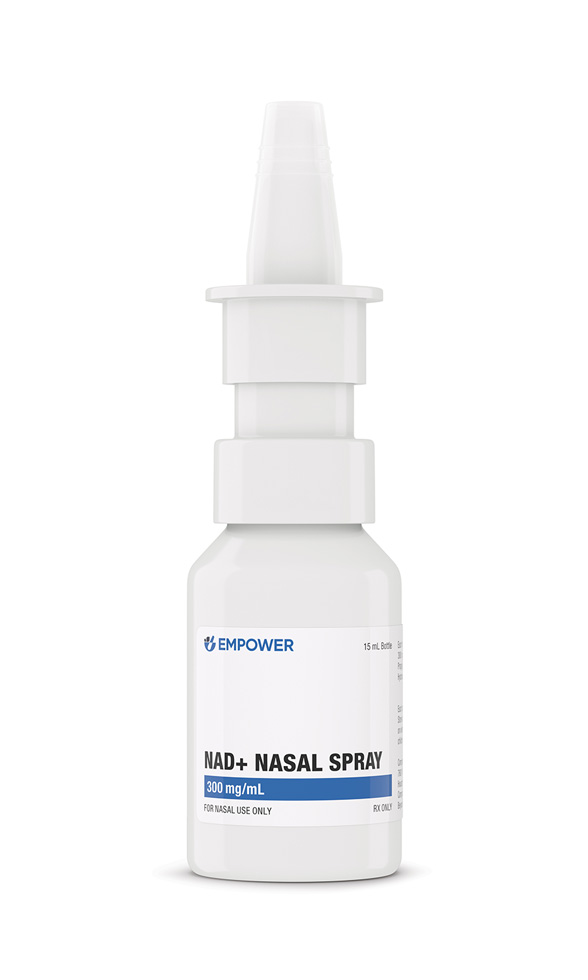
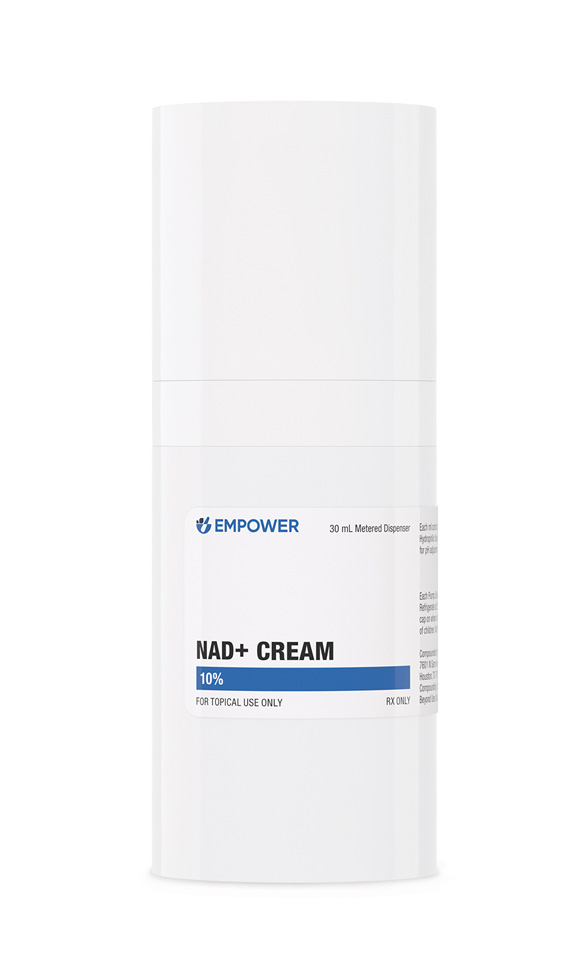 NAD+ Cream
NAD+ Cream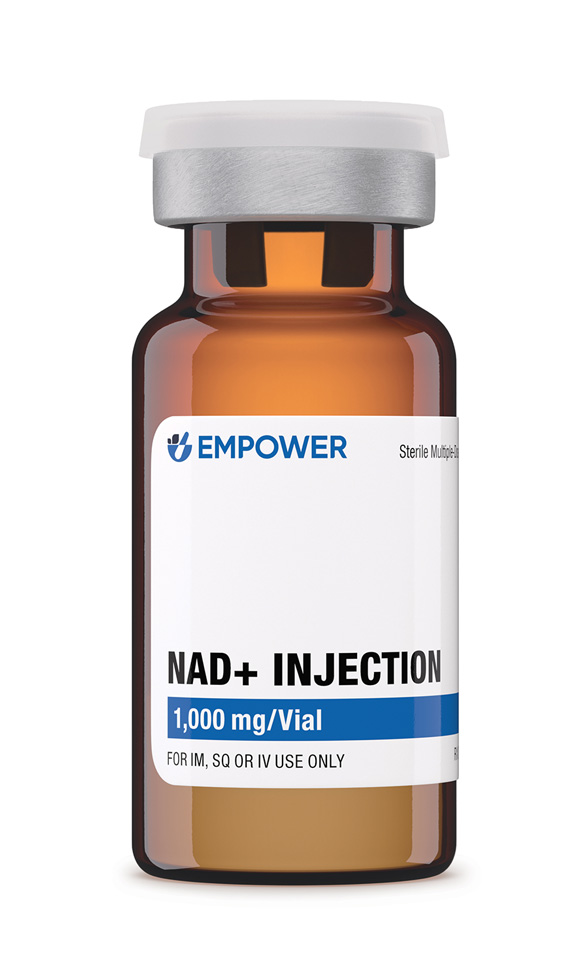 NAD+ Injection (Lyo)
NAD+ Injection (Lyo)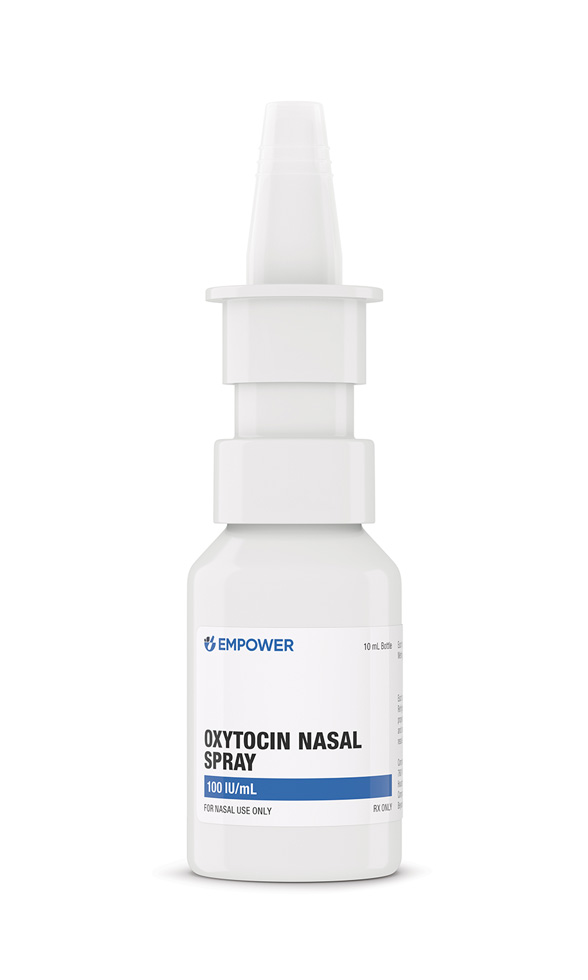 Oxytocin Nasal Spray
Oxytocin Nasal Spray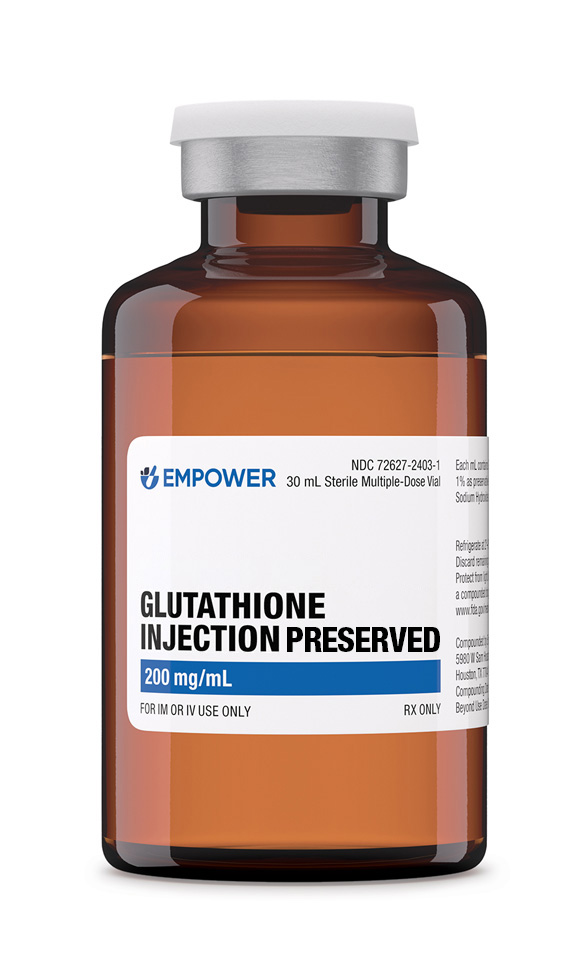 Glutathione Injection
Glutathione Injection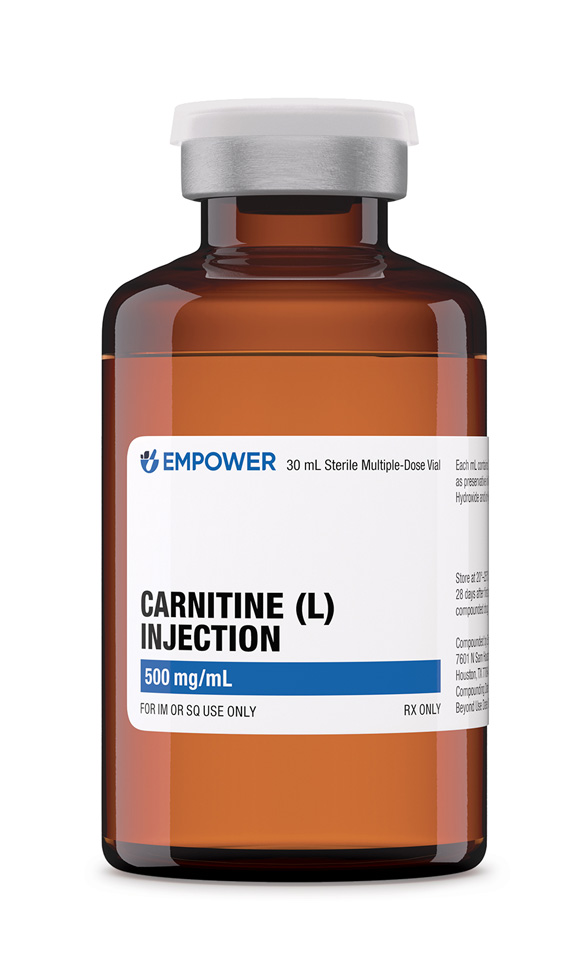 Carnitine (L) Injection
Carnitine (L) Injection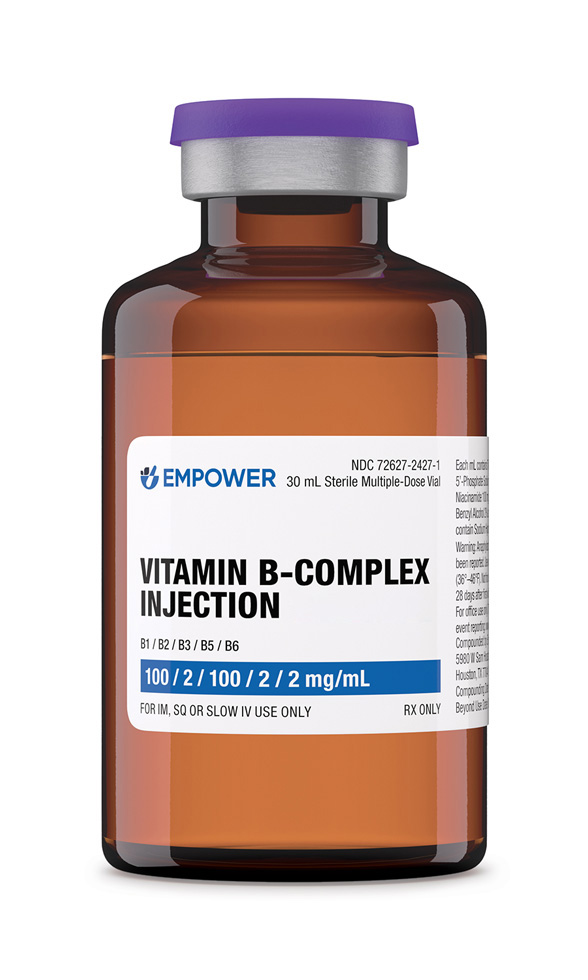 Vitamin B-Complex Injection
Vitamin B-Complex Injection Ketamine Troches
Ketamine Troches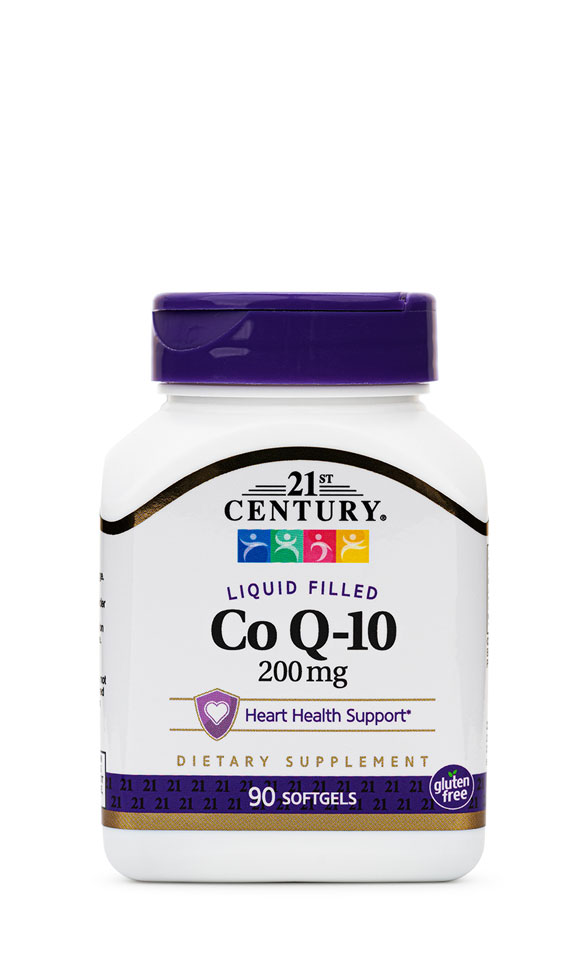 Coenzyme Q10 Capsules
Coenzyme Q10 Capsules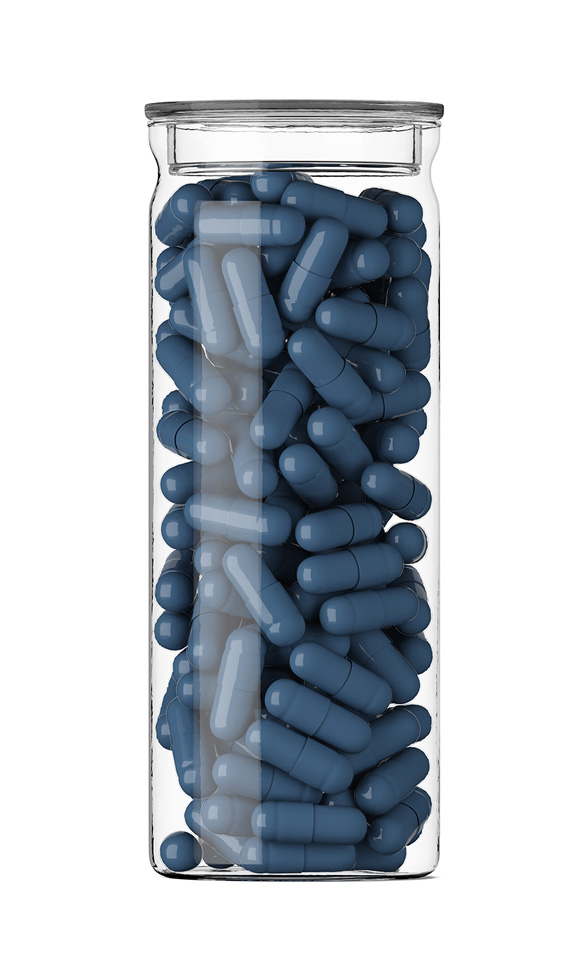 Methylene Blue Capsules
Methylene Blue Capsules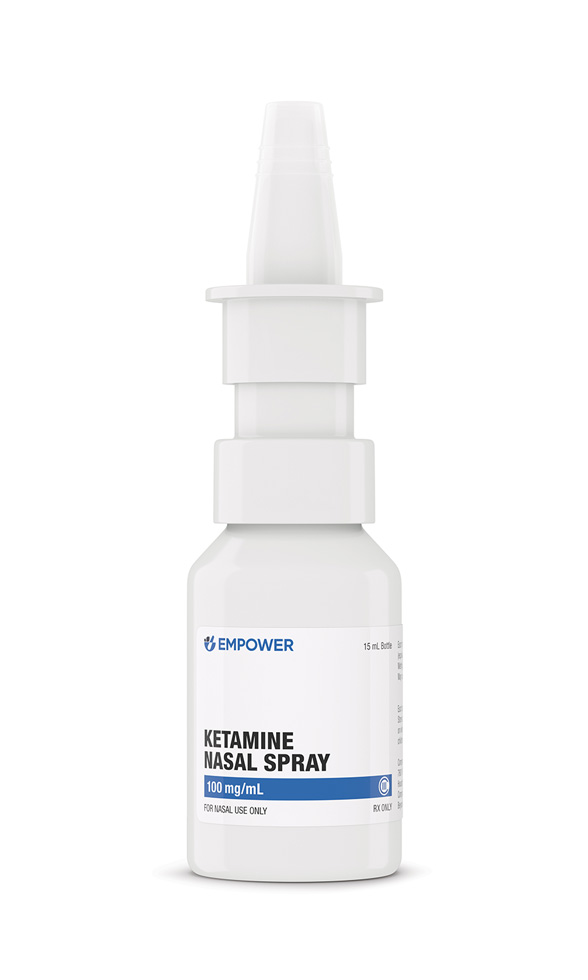 Ketamine Nasal Spray
Ketamine Nasal Spray